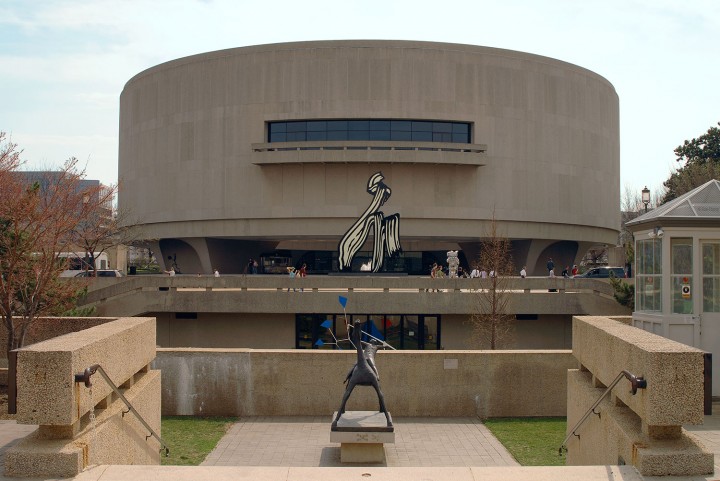Melissa Chiu is the new director of the Hirshhorn Museum and Sculpture Garden in Washington, D.C. Previously she was Museum Director and Vice President of Global Art Programs at the Asia Society in New York. Her appointment at the Hirshhorn promises to open the museum up to further exploration within the realm of international contemporary art as well as a broader investigation of new media, all seen through the eyes of a woman.
What do you hope to bring to the Hirshhorn Museum?
The same month that I joined the Hirshhorn they celebrated their fortieth anniversary. They have an extraordinary collection of postwar American and European art — one of the best in the U.S. It has a remarkable building with a central location, and those fundamentals work as a great foundation for us to be able to do much more. In terms of thinking about where we’re headed, I’m still formulating what that should be, now in my second month, but the top of our agenda is “What does it mean to be a museum in the twenty-first century?” When the Hirshhorn was founded, I think being an international museum really meant being European, and today that might mean also including artists from Latin America, Asia, Africa and also maybe parts of Europe that haven’t had much exposure in museums and the art world. This is where my interest lies, and it [will manifest] in museum programs, exhibitions and public initiatives.
Do you see technology as a force within the context of a museum?
Technology is a big piece of where museums are putting further emphasis. I think the Hirshhorn, both because of its scale and track record, especially in film and video, results in our focus on artists who work within these media. We plan to look at the ways that mobile technology, including social media, can help people to better understand what they are seeing.
Something I find exciting in museum culture in our present age is the marriage between art-historical and contemporary objects — ways in which the two can interact and open up a dialogue between old and new.
I’m very interested in looking at the past through the eyes of the present. We’re seeing that in a bit of a curatorial exercise with the revival of certain important historical shows, but we’re also seeing a really interesting revision of the art history that we all learned in art school or university. It was a Western-based art history that transitioned from Paris to New York. Now we’re witnessing a rewriting of that history with Gutai in Japan, Dansaekzo Yesool (Korean Monotone Art) and Fluxus, which was also a global movement. We’re really looking at how these specific artist communities have interacted internationally. At the Hirshhorn we are very interested in looking at where the latter twentieth-century interstices might exist, and we can provide scholarship for better understanding.
What is upcoming that you’d like to share with our readers?
Next up is a survey on Shirin Neshat that opens in May 2015. More often than not she is thought of as an artist working within either an Islamic view or a view on gender. When in fact, each of her works has been a reaction to modern Islamic history. The show will give a viewpoint on geo-political world events as visited through her practice. An exhibition of Surrealist sculpture will open in Autumn 2015.

